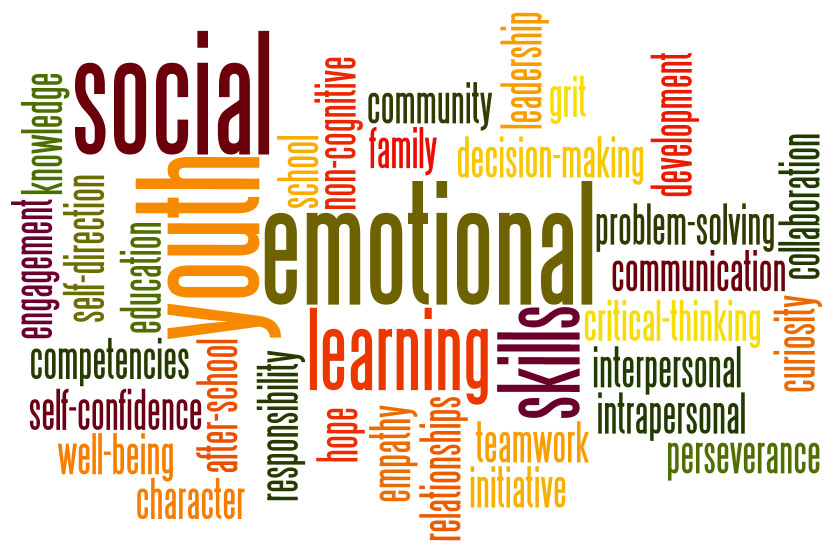Sight words learning to read
Sight Words | Sight Words: Teach Your Child to Read
Learn the history behind Dolch and Fry sight words, and why they are important in developing fluent readers.
More
Follow the sight words teaching techniques. Learn research-validated and classroom-proven ways to introduce words, reinforce learning, and correct mistakes.
More
Print your own sight words flash cards. Create a set of Dolch or Fry sight words flash cards, or use your own custom set of words.
More
Play sight words games. Make games that create fun opportunities for repetition and reinforcement of the lessons.
More
- Overview
- What Are Sight Words?
- Types of Sight Words
- When to Start
- Scaling & Scaffolding
- Research
- Questions and Answers
Sight words instruction is an excellent supplement to phonics instruction. Phonics is a method for learning to read in general, while sight words instruction increases a child’s familiarity with the high frequency words he will encounter most often.
The best way to learn sight words is through lots and lots of repetition, in the form of flashcard exercises and word-focused games.
↑ Top
Sight words are words that should be memorized to help a child learn to read and write. Learning sight words allows a child to recognize these words at a glance — on sight — without needing to break the words down into their individual letters and is the way strong readers recognize most words. Knowing common, or high frequency, words by sight makes reading easier and faster, because the reader does not need to stop to try and sound out each individual word, letter by letter.
Sight Words are memorized so that a child can recognize commonly used or phonetically irregular words at a glance, without needing to go letter-by-letter.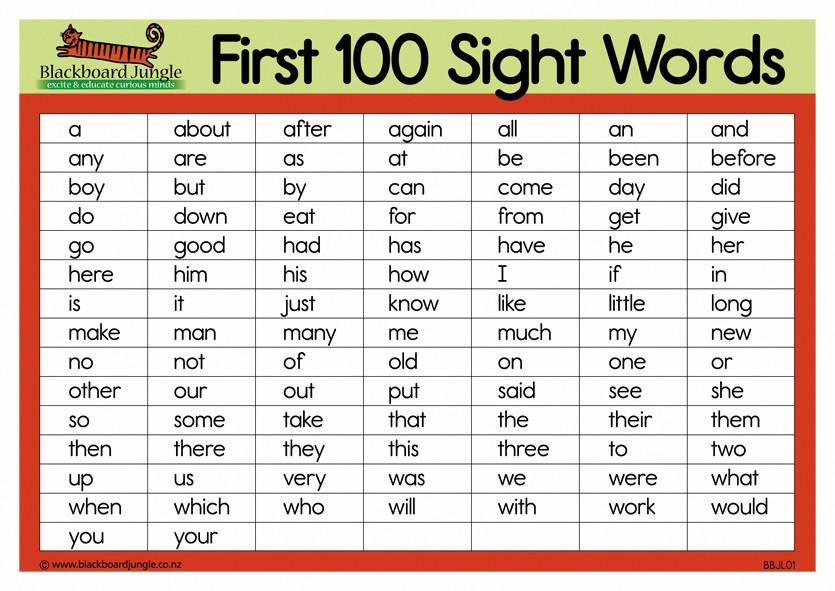
Other terms used to describe sight words include: service words, instant words (because you should recognize them instantly), snap words (because you should know them in a snap), and high frequency words. You will also hear them referred to as Dolch words or Fry words, the two most commonly used sight words lists.
Sight words are the glue that holds sentences together.
These pages contain resources to teach sight words, including: sight words flash cards, lessons, and games. If you are new to sight words, start with the teaching strategies to get a road map for teaching the material, showing you how to sequence the lessons and activities.
↑ Top
Sight words fall into two categories:
- Frequently Used Words — Words that occur commonly in the English language, such as it, can, and will.
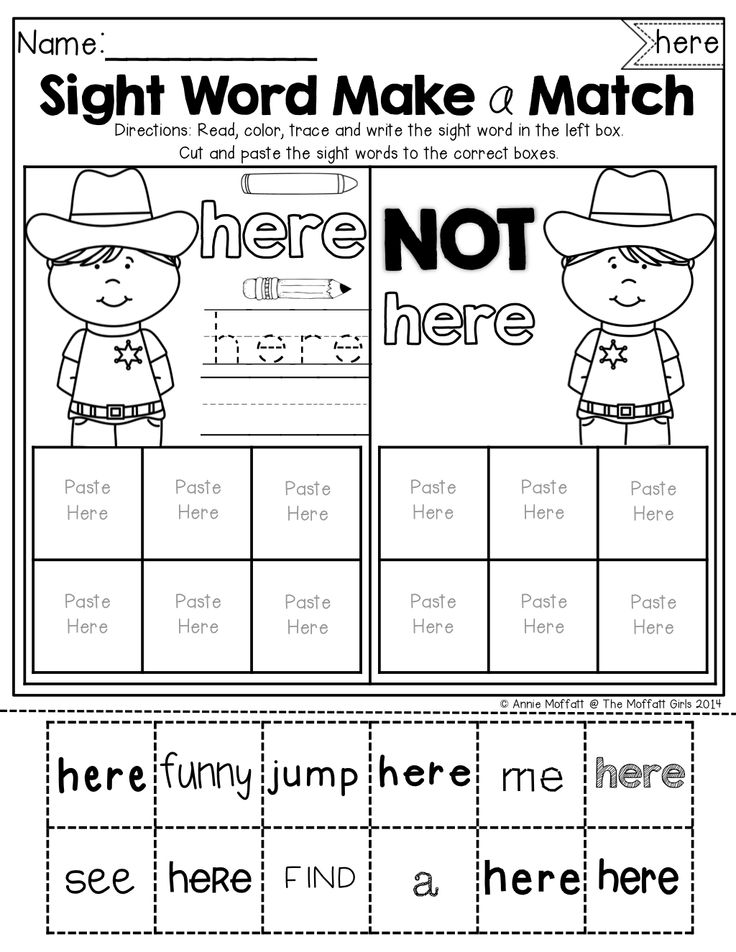 Memorizing these words makes reading much easier and smoother, because the child already recognizes most of the words and can concentrate their efforts on new words. For example, knowing just the Dolch Sight Words would enable you to read about 50% of a newspaper or 80% of a children’s book.
Memorizing these words makes reading much easier and smoother, because the child already recognizes most of the words and can concentrate their efforts on new words. For example, knowing just the Dolch Sight Words would enable you to read about 50% of a newspaper or 80% of a children’s book. - Non-Phonetic Words — Words that cannot be decoded phonetically, such as buy, talk, or come. Memorizing these words with unnatural spellings and pronunciations teaches not only these words but also helps the reader recognize similar words, such as guy, walk, or some.
There are several lists of sight words that are in common use, such as Dolch, Fry, Top 150, and Core Curriculum. There is a great deal of overlap among the lists, but the Dolch sight word list is the most popular and widely used.
3.1 Dolch Sight Words
The Dolch Sight Words list is the most commonly used set of sight words. Educator Dr. Edward William Dolch developed the list in the 1930s-40s by studying the most frequently occurring words in children’s books of that era. The list contains 220 “service words” plus 95 high-frequency nouns. The Dolch sight words comprise 80% of the words you would find in a typical children’s book and 50% of the words found in writing for adults. Once a child knows the Dolch words, it makes reading much easier, because the child can then focus his or her attention on the remaining words.
Educator Dr. Edward William Dolch developed the list in the 1930s-40s by studying the most frequently occurring words in children’s books of that era. The list contains 220 “service words” plus 95 high-frequency nouns. The Dolch sight words comprise 80% of the words you would find in a typical children’s book and 50% of the words found in writing for adults. Once a child knows the Dolch words, it makes reading much easier, because the child can then focus his or her attention on the remaining words.
More
3.2 Fry Sight Words
The Fry Sight Words list is a more modern list of words, and was extended to capture the most common 1,000 words. Dr. Edward Fry developed this expanded list in the 1950s (and updated it in 1980), based on the most common words to appear in reading materials used in Grades 3-9. Learning all 1,000 words in the Fry sight word list would equip a child to read about 90% of the words in a typical book, newspaper, or website.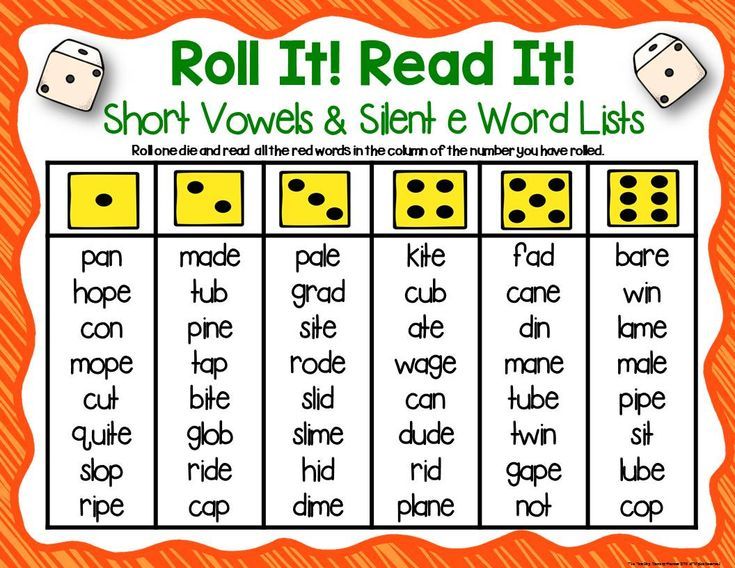
More
3.3 Top 150 Written Words
The Top 150 Written Words is the newest of the word lists featured on our site, and is commonly used by people who are learning to read English as a non-native language. This list consists of the 150 words that occur most frequently in printed English, according to the Word Frequency Book. This list is recommended by Sally E. Shaywitz, M.D., Professor of Learning Development at Yale University’s School of Medicine.
More
3.4 Other Sight Words Lists
There are many newer variations, such as the Common Core sight words, that tweak the Dolch and Fry sight words lists to find the combination of words that is the most beneficial for reading development. Many teachers take existing sight word lists and customize them, adding words from their own classroom lessons.
↑ Top
Before a child starts learning sight words, it is important that he/she be able to recognize and name all the lower-case letters of the alphabet.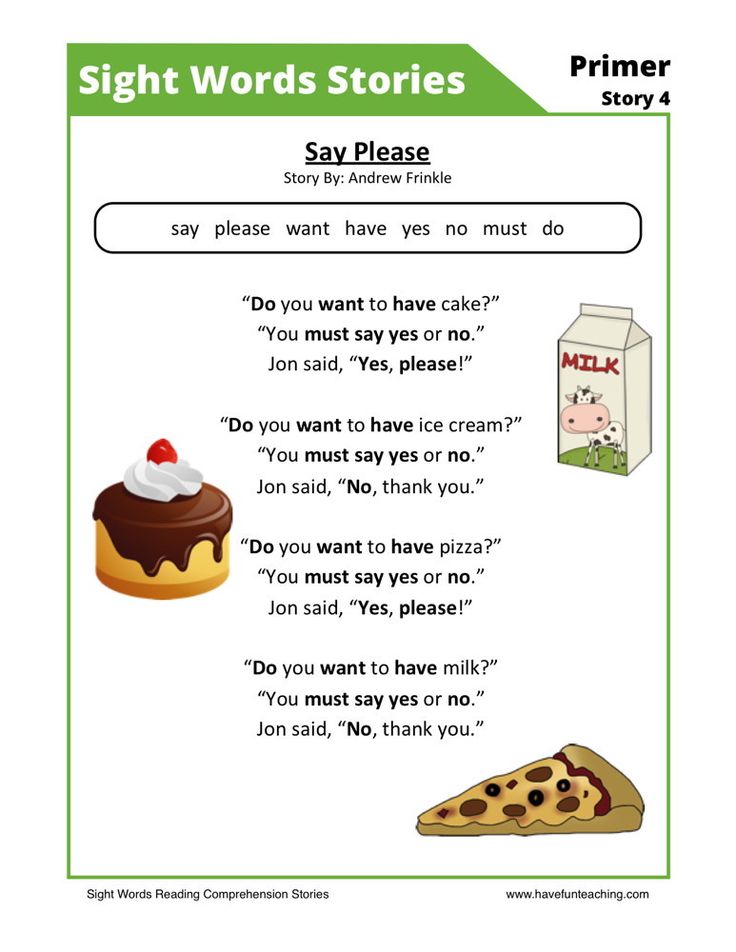 When prompted with a letter, the child should be able to name the letter quickly and confidently. Note that, different from learning phonics, the child does not need to know the letters’ sounds.
When prompted with a letter, the child should be able to name the letter quickly and confidently. Note that, different from learning phonics, the child does not need to know the letters’ sounds.
Before starting sight words, a child needs to be able to recognize and name all the lower-case letters of the alphabet.
If a student’s knowledge of letter names is still shaky, it is important to spend time practicing this skill before jumping into sight words. Having a solid foundation in the ability to instantly recognize and name the alphabet letters will make teaching sight words easier and more meaningful for the child.
Go to our Lessons for proven strategies on how to teach and practice sight words with your child.
↑ Top
Every child is unique and will learn sight words at a different rate. A teacher may have a wide range of skill levels in the same classroom.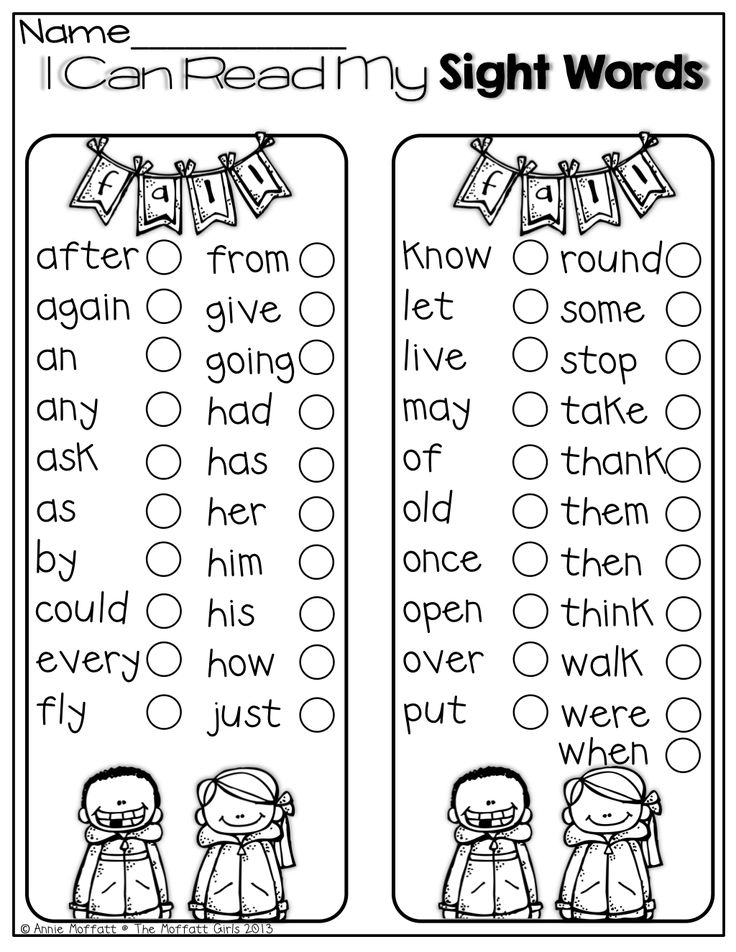 Many of our sight words games can be adjusted to suit different skill levels.
Many of our sight words games can be adjusted to suit different skill levels.
Many of our activity pages feature recommendations for adjusting the game to the needs of your particular child or classroom:
- Confidence Builders suggest ways to simplify a sight words game for a struggling student.
- Extensions offer tips for a child who loves playing a particular game but needs to be challenged more.
- Variations suggest ways to change up the game a little, by tailoring it to a child’s special interests or making it “portable.”
- Small Group Adaptations offer ideas for scaling up from an individual child to a small group (2-5 children), ensuring that every child is engaged and learning.
↑ Top
Our sight words teaching techniques are based not only on classroom experience but also on the latest in child literacy research.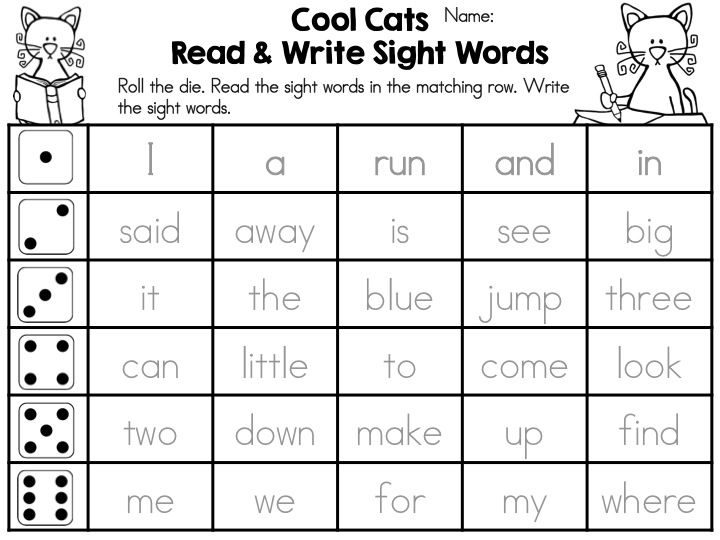 Here is a bibliography of some of the research supporting our approach to sight words instruction:
Here is a bibliography of some of the research supporting our approach to sight words instruction:
- Ceprano, M. A. “A review of selected research on methods of teaching sight words.” The Reading Teacher 35:3 (1981): 314-322.
- Ehri, Linnea C. “Grapheme–Phoneme Knowledge Is Essential for Learning to Read Words in English.” Word Recognition in Beginning Literacy. Mahwah, NJ: L. Erlbaum Associates, 1998.
- Enfield, Mary Lee, and Victoria Greene. Project Read. www.projectread.com. 1969.
- Gillingham, Anna, and Bessie W. Stillman. The Gillingham Manual: Remedial Training for Students with Specific Disability in Reading, Spelling, and Penmanship, 8th edition. Cambridge, MA: Educators Publishing Service, 2014.
- Nist, Lindsay, and Laurice M. Joseph. “Effectiveness and Efficiency of Flashcard Drill Instructional Methods on Urban First-Graders’ Word Recognition, Acquisition, Maintenance, and Generalization.
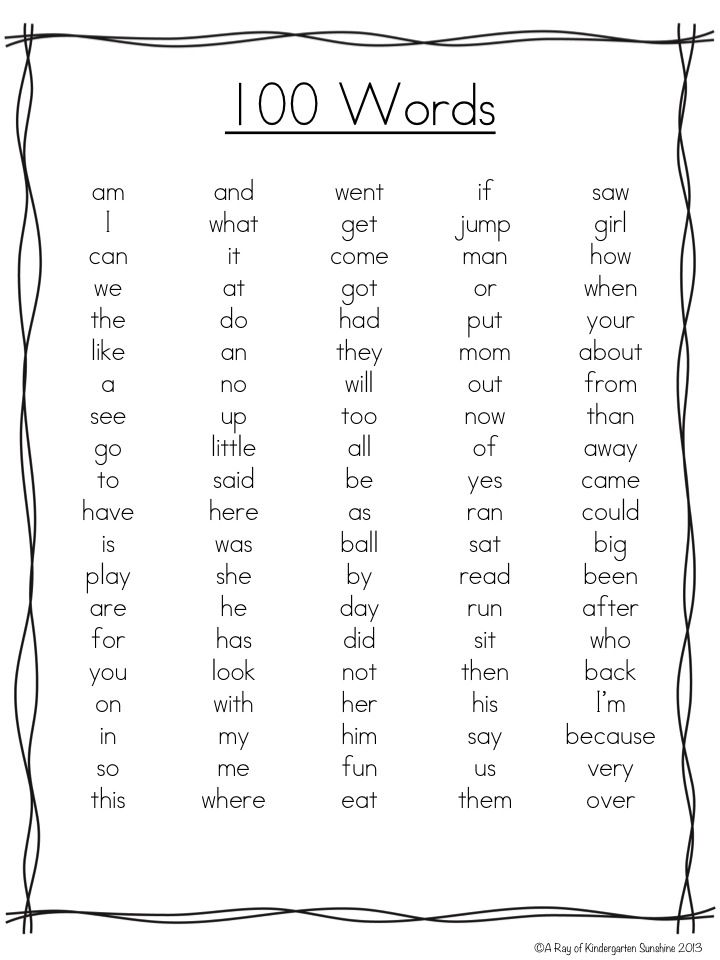 ” School Psychology Review 37:3 (Fall 2008): 294-308.
” School Psychology Review 37:3 (Fall 2008): 294-308. - Shaywitz, Sally E. Overcoming Dyslexia: A New and Complete Science-Based Program for Reading Problems at Any Level. New York: Alfred A. Knopf, 2003.
- Stoner, J.C. “Teaching at-risk students to read using specialized techniques in the regular classroom.” Reading and Writing: An Interdisciplinary Journal 3 (1991).
- Wilson, Barbara A. “The Wilson Reading Method.” Learning Disabilities Journal 8:1 (February 1998): 12-13.
- Wilson, Barbara A. Wilson Reading System. Millbury, MA: Wilson Language Training, 1988.
↑ Top
Leave a Reply
Teach Your Child to Read
Print your own sight words flash cards. Create a set of Dolch or Fry sight words flash cards, or use your own custom set of words.
More
Follow the sight words teaching techniques. Learn research-validated and classroom-proven ways to introduce words, reinforce learning, and correct mistakes.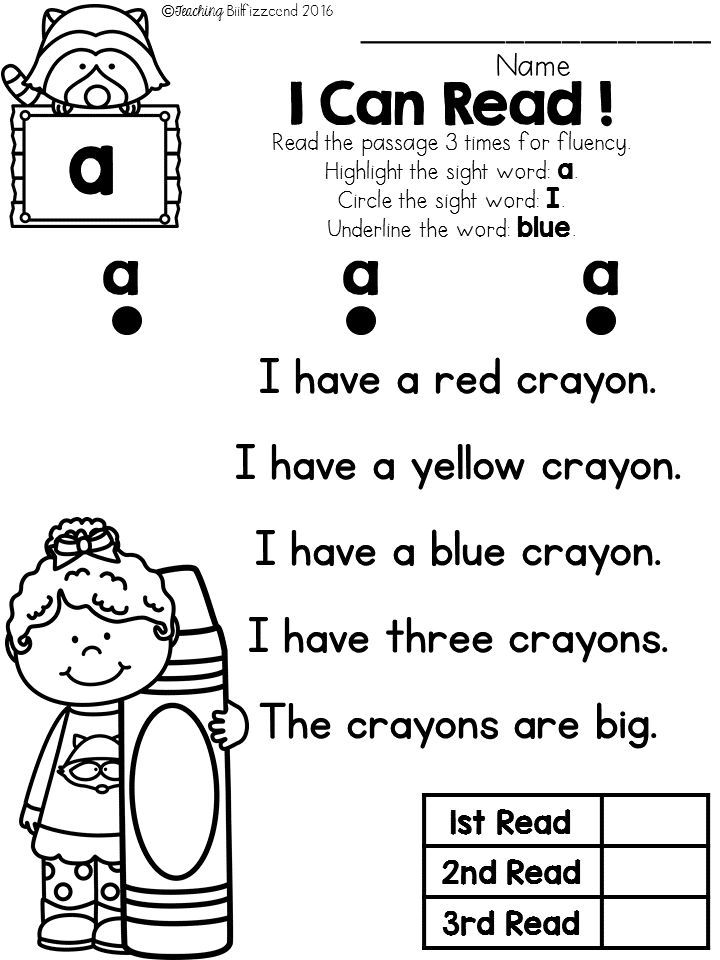
More
Play sight words games. Make games that create fun opportunities for repetition and reinforcement of the lessons.
More
Learn what phonological and phonemic awareness are and why they are the foundations of child literacy. Learn how to teach phonemic awareness to your kids.
More
A sequenced curriculum of over 80 simple activities that take children from beginners to high-level phonemic awareness. Each activity includes everything you need to print and an instructional video.
More
Teach phoneme and letter sounds in a way that makes blending easier and more intuitive. Includes a demonstration video and a handy reference chart.
More
Sightwords.com is a comprehensive sequence of teaching activities, techniques, and materials for one of the building blocks of early child literacy. This collection of resources is designed to help teachers, parents, and caregivers teach a child how to read.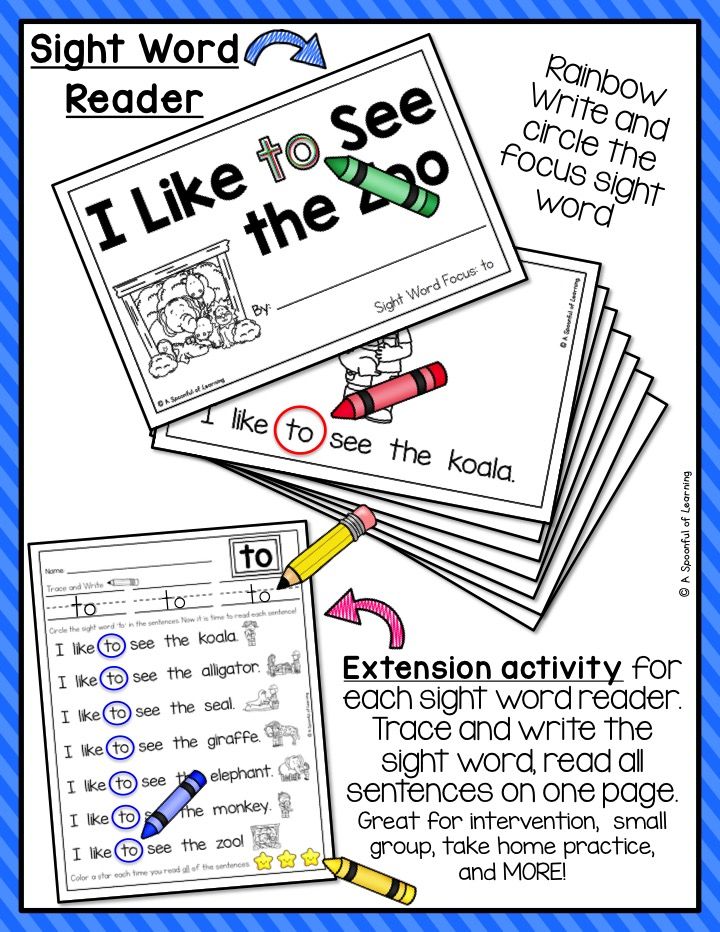 We combine the latest literacy research with decades of teaching experience to bring you the best methods of instruction to make teaching easier, more effective, and more fun.
We combine the latest literacy research with decades of teaching experience to bring you the best methods of instruction to make teaching easier, more effective, and more fun.
Sight words build speed and fluency when reading. Accuracy, speed, and fluency in reading increase reading comprehension. The sight words are a collection of words that a child should learn to recognize without sounding out the letters. The sight words are both common, frequently used words and foundational words that a child can use to build a vocabulary. Combining sight words with phonics instruction increases a child’s speed and fluency in reading.
This website includes a detailed curriculum outline to give you an overview of how the individual lessons fit together. It provides detailed instructions and techniques to show you how to teach the material and how to help a child overcome common roadblocks. It also includes free teaching aids, games, and other materials that you can download and use with your lessons.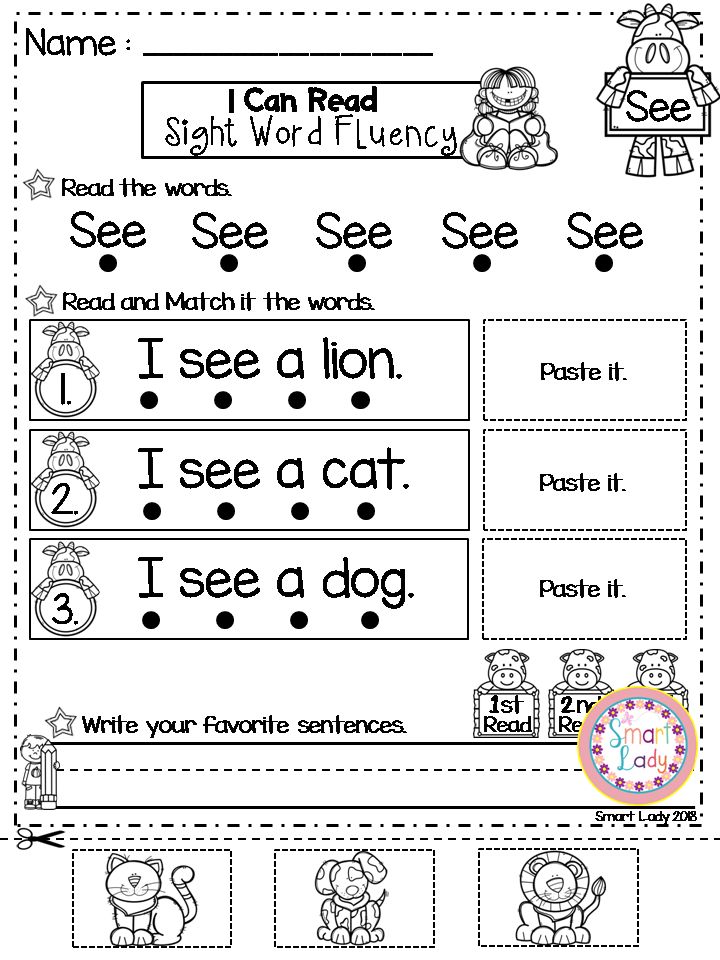
Many of the teaching techniques and games include variations for making the lesson more challenging for advanced students, easier for new or struggling students, and just different for a bit of variety. There are also plenty of opportunities, built into the lessons and games, to observe and assess the child’s retention of the sight words. We encourage you to use these opportunities to check up on the progress of your student and identify weaknesses before they become real problems.
Help us help you. We want this to be a resource that is constantly improving. So please provide us with your feedback, both the good and the bad. We want to know which lessons worked for your child, and which fell short. We encourage you to contribute your own ideas that have worked well in the home or classroom. You can communicate with us through email or simply post a response in the comments section of the relevant page.
Lesson 3: Practicing Visual Reading
Now that you can suppress articulation while reading with some success, you can start working on visual skills that help you perceive information better.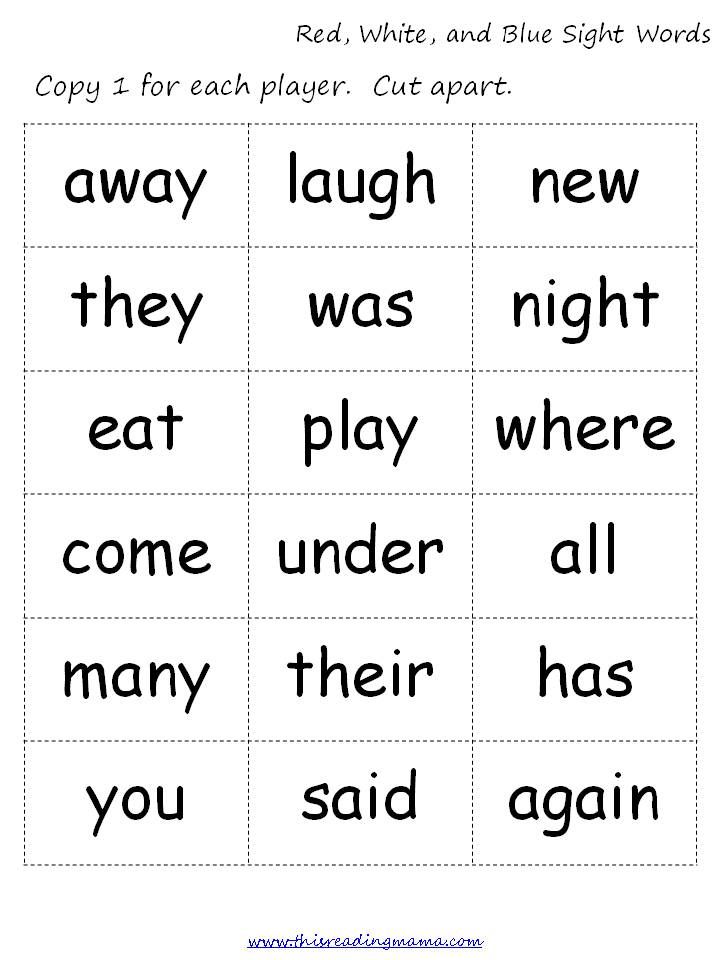 As you already understood, the main emphasis in speed reading is on visual skills. If you want to read faster, you must be able to see more text, not read it line by line from left to right, but the whole thing, diagonally from top to bottom.
As you already understood, the main emphasis in speed reading is on visual skills. If you want to read faster, you must be able to see more text, not read it line by line from left to right, but the whole thing, diagonally from top to bottom.
This skill may seem strange to many. After all, how can you read the text not sequentially, but in its entirety? Can!
Remember how as a child you read by syllables, and it seemed to you a miracle how adults read so quickly. The whole secret is that we do not read the word sequentially, we see it in its entirety. Why limit yourself to words? You can see the entire sentence, the entire paragraph, or even the page as a whole. The main thing is to learn to get used to it.
Many authors suggest using Schulte tables to train visual skills in reading. The Schulte table consists of cells where numbers are arranged in a chaotic manner. In our lesson, tables of 5 by 5 cells are proposed, as close as possible in size to the width of a book page or a standard text page of a site.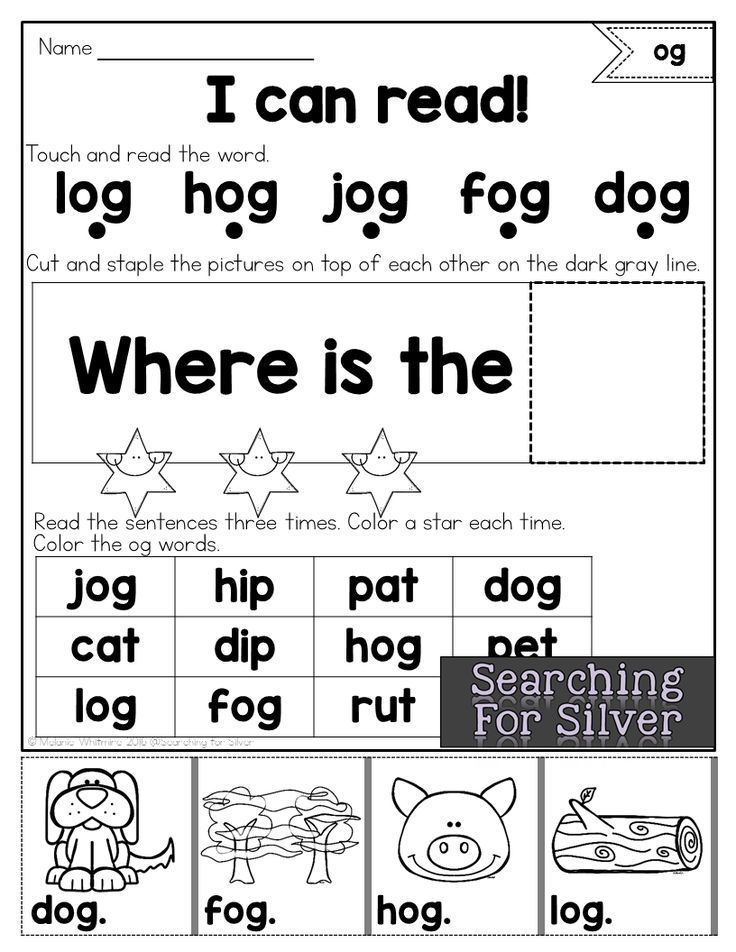 To train your visual speed reading skills, try to quickly find all the numbers in sequence and time yourself to see how fast you can do it.
To train your visual speed reading skills, try to quickly find all the numbers in sequence and time yourself to see how fast you can do it.
Statistics Full screen
And now a question for filling.
Now try looking for numbers without moving your eyes (and especially your head), but simply looking at the whole table. If this seems difficult to you, move even further away (if your eyesight allows).
The essence of the exercise is to find all the numbers without moving your eyes, focusing on all the cells at the same time. Read more about working with Schulte tables for speed reading in the article on our website.
Exercises 3.2. Eye Exercises
Use eye exercises such as "alphabet" when you have to mentally write all the letters of the alphabet while moving only your eyes. In addition, you can perform some standard exercises for the development of vision:
- alternation of observed objects from close to far and vice versa,
- fast blinking for 10-15 seconds,
- squinting and then relaxing the eyes,
- and others.
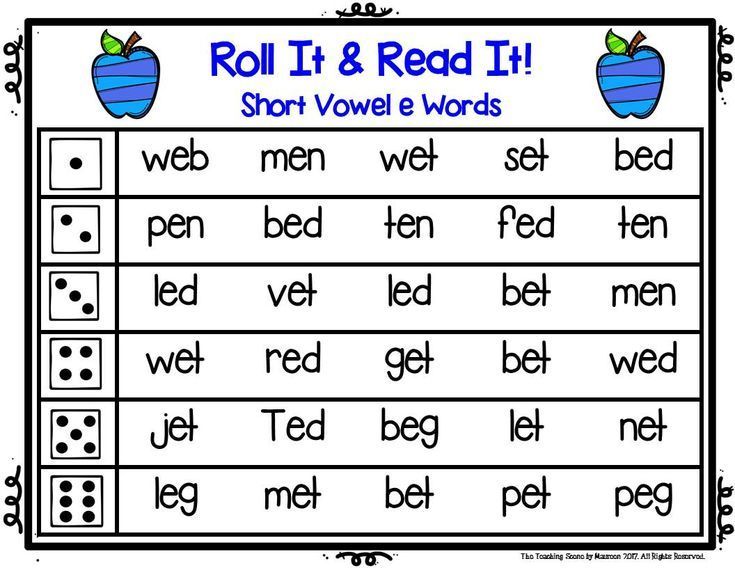
Be sure to pause while reading, preferably every hour or even half an hour. Try to choose books with wide margins for reading - so your eyes will be less tired.
Exercise 3.3. Top to bottom
To learn how to read texts with vertical eye movement (top to bottom or reading diagonally), start simple. Try reading newspapers and magazines with narrow columns of text from top to bottom without using left to right eye movement. Simple poems are also suitable for this, but it is better to use children's poetry with a plot so that you can read the texts without being distracted by a deep semantic load. In addition, with the help of ordinary text editors that are installed on any computer, you can arrange any text in the form of a column, and then print it or read it on the screen.
Once you feel light and can read without articulation and vertically, you can gradually move on to wider verses and columns or even to books with narrow pages. Over time, you will feel that it is easy enough.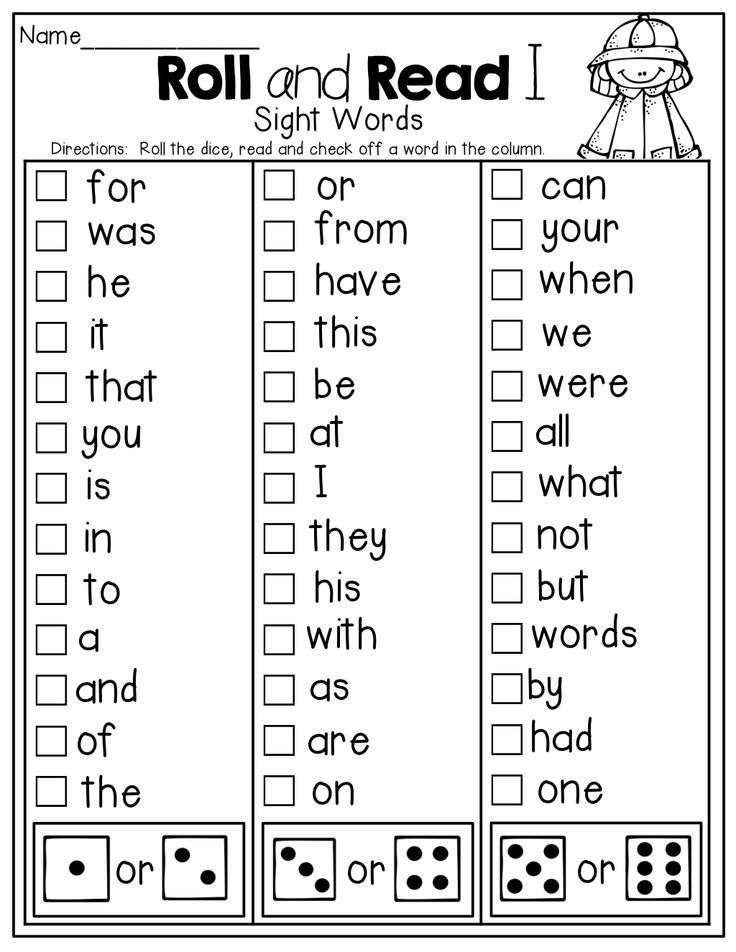
In addition, you can read trainings on our website (4brain.ru) as a training material and at the same time vary the width of the page. You just need to reduce the size of your browser window to the necessary and convenient one (to do this, you need to click the square in the upper right corner of the browser and change the page width).
Do the exercises until you reach your goal. Start with Schulte tables, gradually moving to the skills of "vertical reading". In parallel, you can master the next lesson.
← 2 Articulation suppression 4 Structuring →
Magic word Vision word Learning to read, Word, game, text, reading png
Magic word Vision word Learning to read, Word, game, text, reading pngtags
About this PNG
- Image size
- 1000x1000px
- File size
- 433.
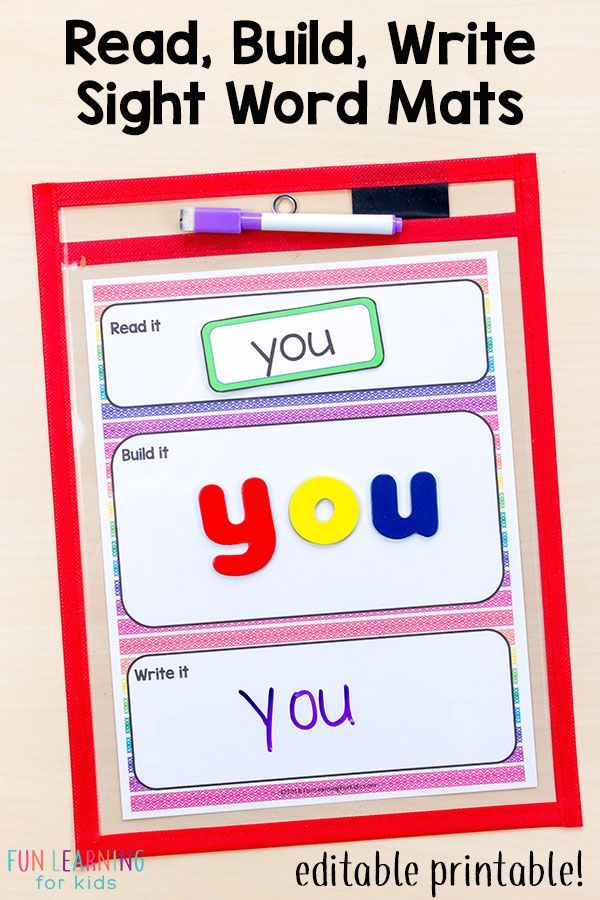 34KB
34KB - MIME type
- Image/png
resize PNG
width(px)
height(px)
License
Non-Commercial Use, DMCA Contact Us
- Magic: The Gathering Mana Magic Points Playing card, love symbol, miscellaneous, game, video Game png 2400x2400px 162.87KB
- Doctor Strange Magic circle Comic book, doctor strange, symmetry, magic, spell png 500x500px 123.78KB
- Magic: The Gathering Star Wars Trading Card Games Playing card template Trading cards, magic cards, window, dots Per Inch, card Game png 5310x2280px 9.
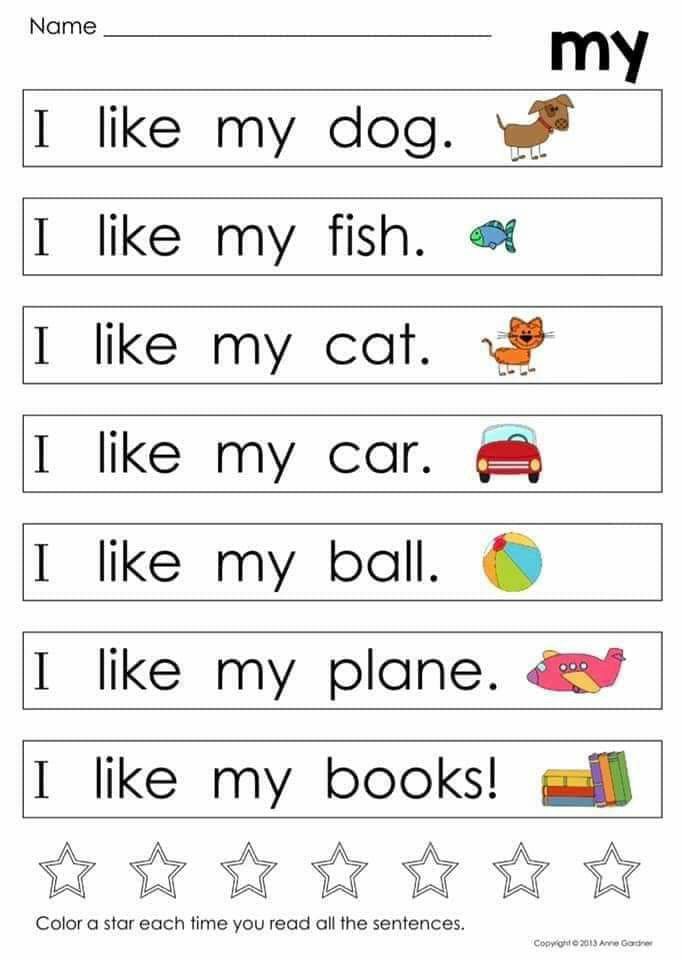 89MB
89MB - Doctor Strange Magic circle Drawing, doctor strange, comics, symmetry, magic png 1280x1280px 552.49KB
- playing cards, Playing card Card game Suit Standard 52-card deck Poker, poker cards, game, angle, text png 2925x1260px 1.37MB
- Runes of Magic Runelore: The Magic, History, and Hidden Codes of the Runes Rune magic, magic circle, miscellaneous, monochrome, magic png 1600x1600px 932.95KB
- round blue logo, Magic circle, magic circle, text, magic, symbol png 900x845px 612.07KB
- cooking witches, 4 Pics 1 Word Witches Sabbat Witchcraft Potion Magic, magic witch, hat, fictional Character, cartoon png 620x800px 352.
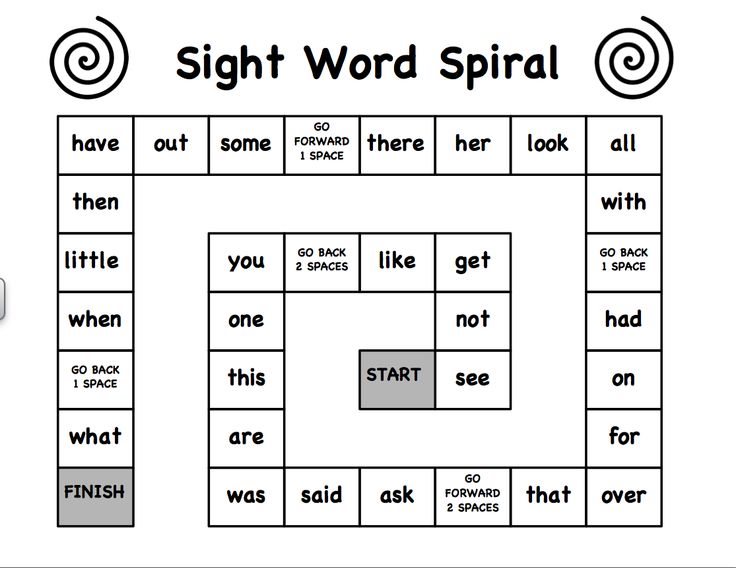 32KB
32KB - Letter English alphabet, cute letters, animal alphabet, english, text, fine png 1500x1501px 414.9KB
- alphabet and number, English alphabet Letter Font, Sky blue English alphabet, blue, english, text png 2895x3038px 1.21MB
- Letter M logo Magic: The Gathering Playing card Magic Points Card game, Artifact Gathering, miscellaneous, game, logo png 512x512px 33.25KB
- Cursive Word Handwriting, Word Smile s, love, text, heart png 1531x870px 335.25KB
- Font Letter Balloon, Word Word golden balloon, gold alphabet mylar lot, english, golden Frame, text png 1598x1383px 1.
 31MB
31MB - Magic: The Gathering Magic Points Mana Game Playing card, magic circle, miscellaneous, game, logo png 2400x2400px 179.42KB
- Ace of Heart Game, Ace of hearts playing card, love, game, text png 4778x6929px 158.02KB
- black ink drop, Magic: Collecting Mana Symbol Magic Points Playing card, symbol, miscellaneous, blue, game png 2400x2400px 107.6KB
- My Alphabet illustration, Cat Alphabet Letter Bulletin board ABeCedario escolar, Alphabet Train, text, number, text png 900x900px 641.54KB
- Alphabet Letter Fire flame, flame letter, orange flame alphabet font, text, orange, number png 1260x788px 810.
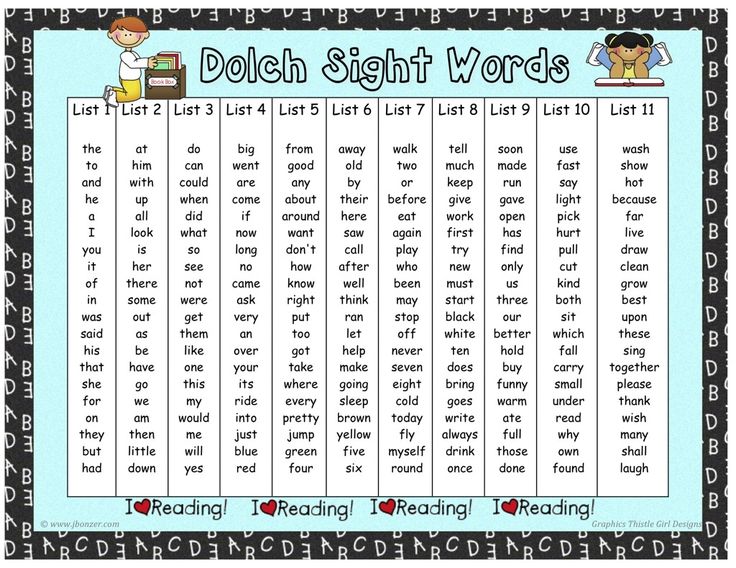 54KB
54KB - Welcome to Kindergarten! text, Kindergarten Teacher Education School, welcome to kindergarten, text, class, reading png 1447x427px 73.58KB
- Journal Reflective writing Academic writing Homework, Reflexive, text, reading, logo png 669x554px 40.82KB
- Alphabet Letter Welsh Educator, o, miscellaneous, child, reading png 1936x2008px 347.76KB
- International Literacy Day School Writing Learning, others, miscellaneous, angle, reading png 500x500px 32KB
- Magic: The Gathering Pro Tour Magic Points Wizards of the Coast Playing card, collect, game, leaf, card png 2400x2400px 139.
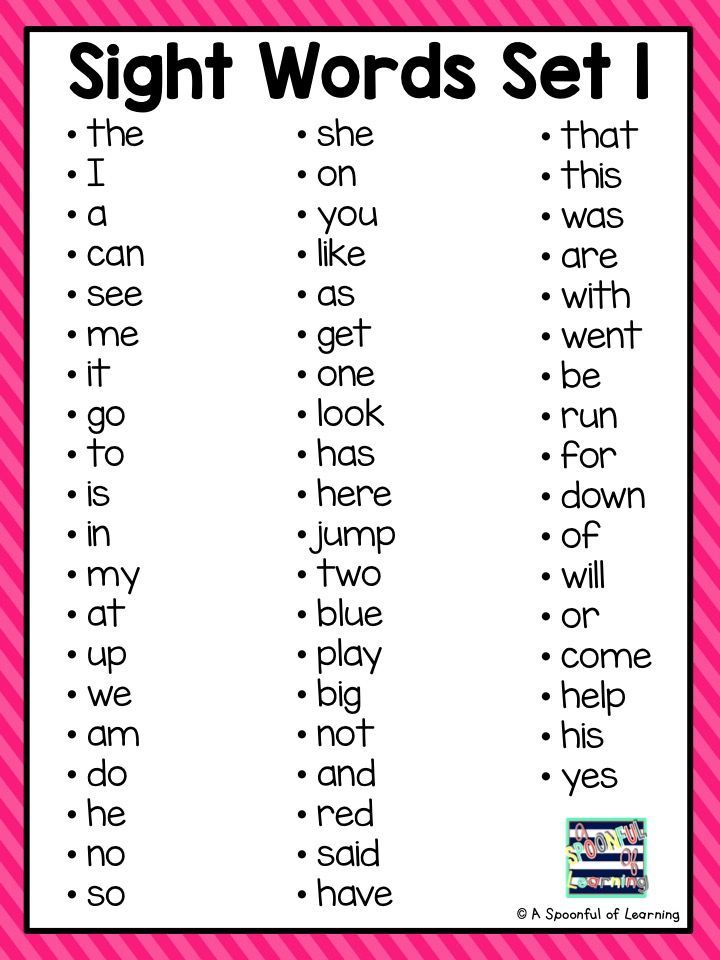 39KB
39KB - assorted-shape graphic illustration, Syaoran Li Sakura Kinomoto Magic circle Yukito Tsukishiro Yuuko, Magic ring, sphere, magic, cardcaptor Sakura png 700x700px 604.55KB
- Writing Writing Letter Spelling, others, miscellaneous, english, text png 849x565px 43.43KB
- Jack Playing card Spades Valet de pique Card game, cards, game, text, logo png 2000x2900px 1.44MB
- Runes Elder Futhark Junior Futhark Old Norse Viking, symbol, miscellaneous, angle, white png 1024x579px 164.54KB
- Arabic alphabet Modern standard Arabic script Wikipedia, others, miscellaneous, english, text png 734x385px 14.
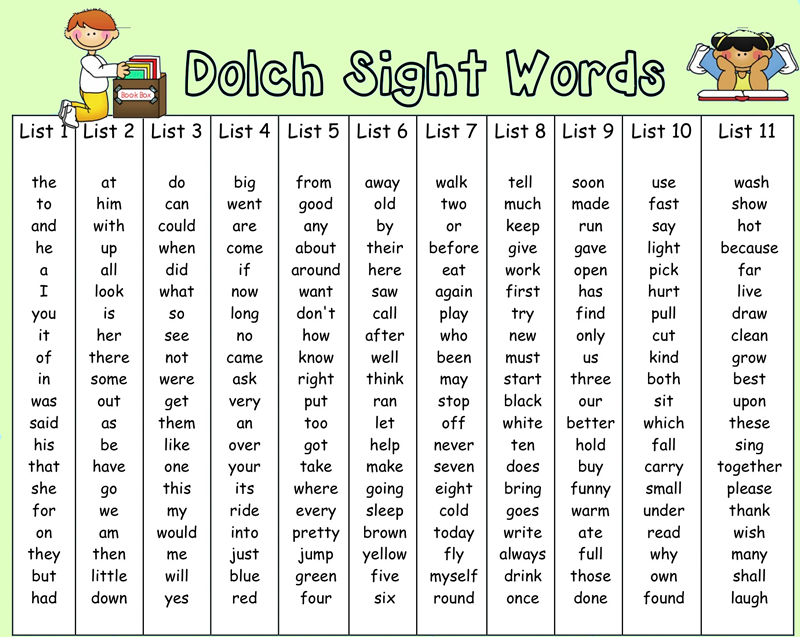 74KB
74KB - three children reading books, International Literacy Day Family literacy September 8 Reading, children reading, childrens Clothing, child, people png 1181x1181px 102.87KB
- Cursive writing Alphabet Handwriting Learning, english alphabet, miscellaneous, purple, text png 900x900px 283.49KB
- Arabic alphabet Wikipedia Arabic script, arabic, angle, text, logo png 2000x3636px 67.6KB
- Homework Learning skills Writing Student, study, miscellaneous, text, reading png 1500x895px 222.37KB
- Castle Literacy Text Castillos Medievales Education, princess sophia, reading, world, magenta png 1500x1150px 1.
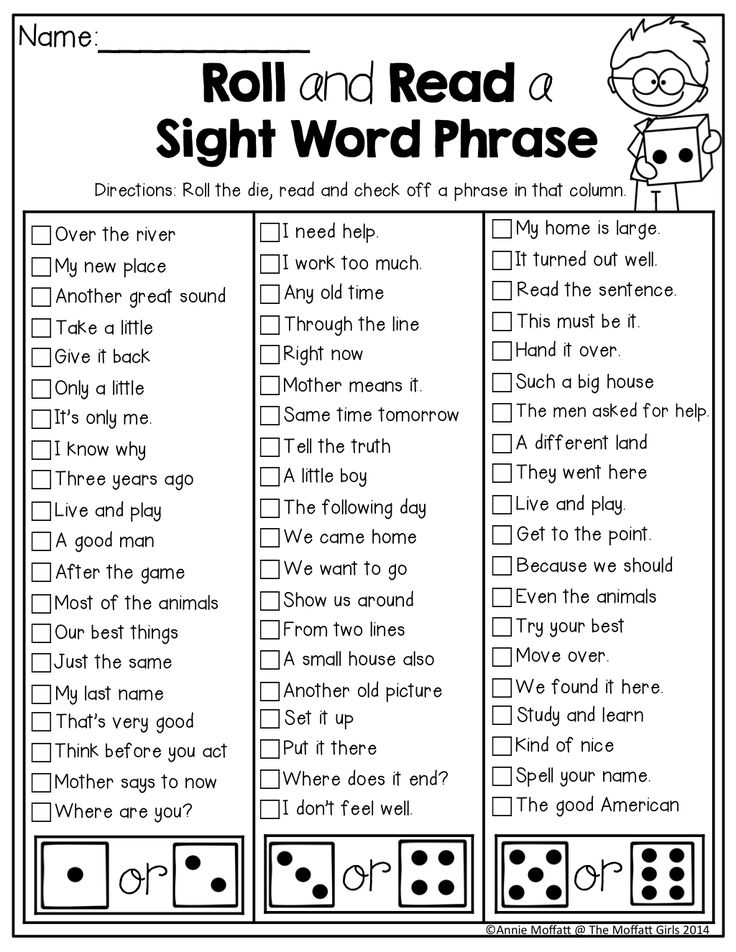 13MB
13MB - Runes Alphabet Enochian Letter Meaning, alphabet, miscellaneous, angle, white png 900x657px 85.94KB
- Yu-Gi-Oh! Yugi Mutu Trading Card Game Yu-Gi-Oh! Duel Links Jaden Yuki, Magic Circle, text, logo, cartoon png 836x836px 341.47KB
- Magic circle, Glowing magic circle, round white logo, infographic, texture, game png 512x512px 170.33KB
- green moon logo, Magic circle Fairy Tail, Summon Night To, symmetry, monochrome, logo png 1024x1024px 1.13MB
- English alphabet Letter Word Vowel, introduction, english, text, reading png 1366x1257px 297.
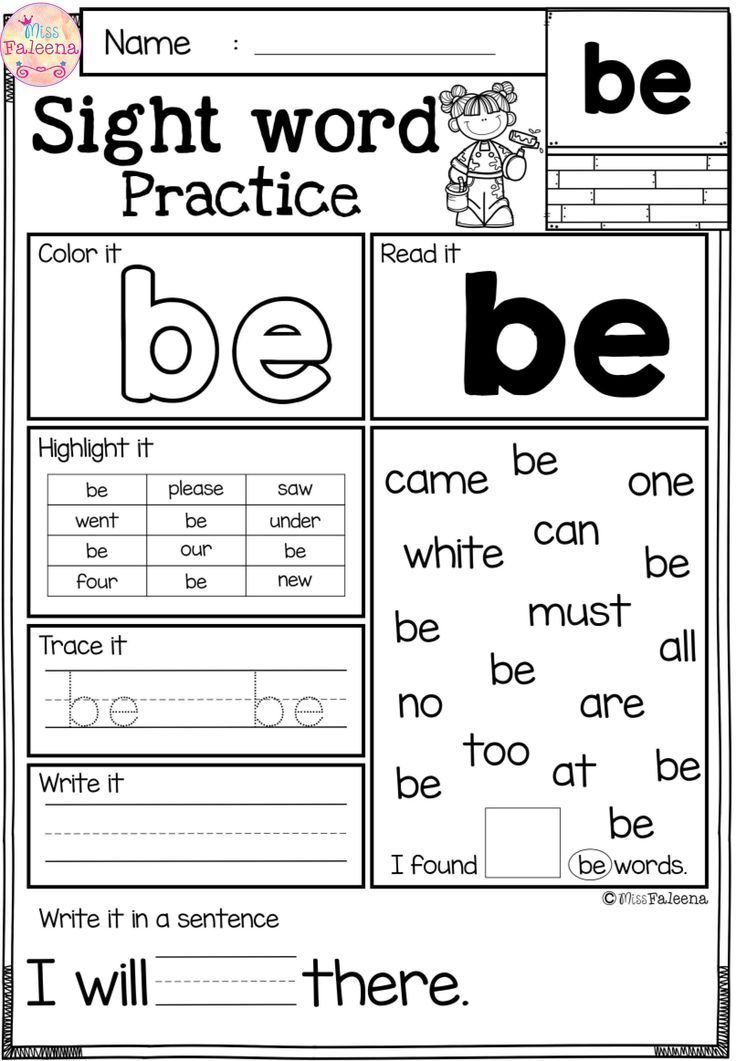 76KB
76KB - Preschool Child Group of children, Children on ABC blocks artwrok, animals, team, toddler png 800x708px 294.64KB
- Cursive Letter M Alphabet, 17, angle, text, monochrome png 1600x1119px 60.7KB
- Playing card Hearts Contract bridge Suit King, Heart Playing Cards, love, king, text png 819x1024px 29.05KB
- Word, study, text, fictional Character, cartoon png 1280x1122px 357.3KB
- three toddlers standing behind ABC letters, Child Preschool Childhood Game, Children learn the alphabet, blue, game, text png 794x624px 308.32KB
- Learn more
- Early reading words
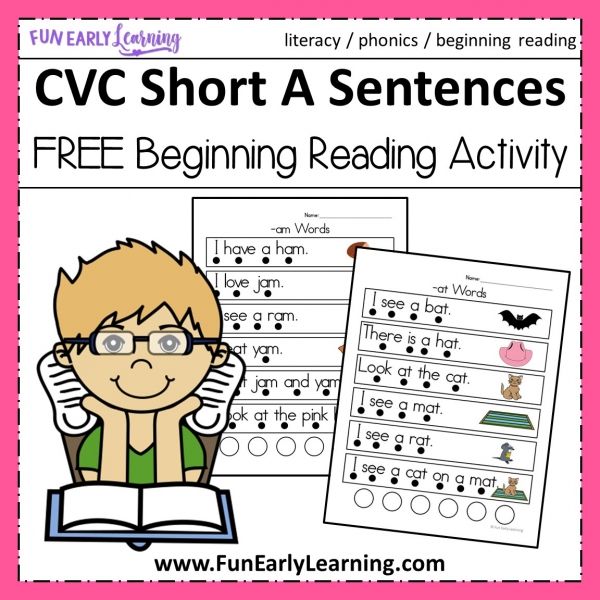
- How to play pretend

- Word kindergarten should know
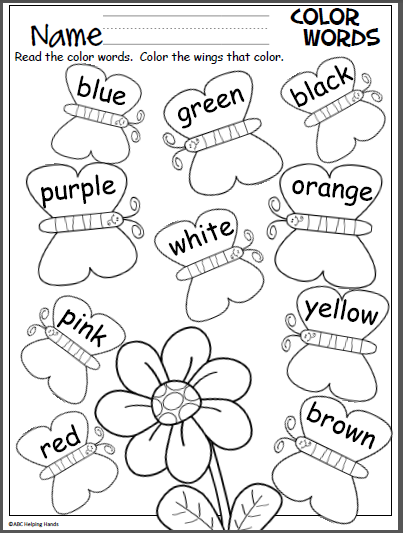
- Sentences for children
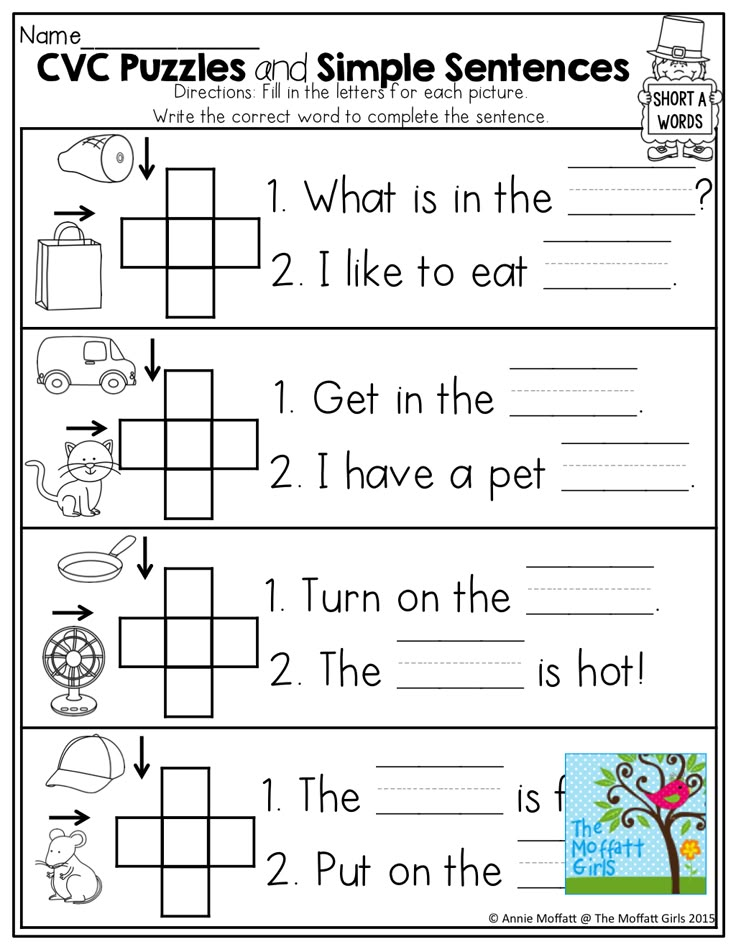
- Learn how to read for children
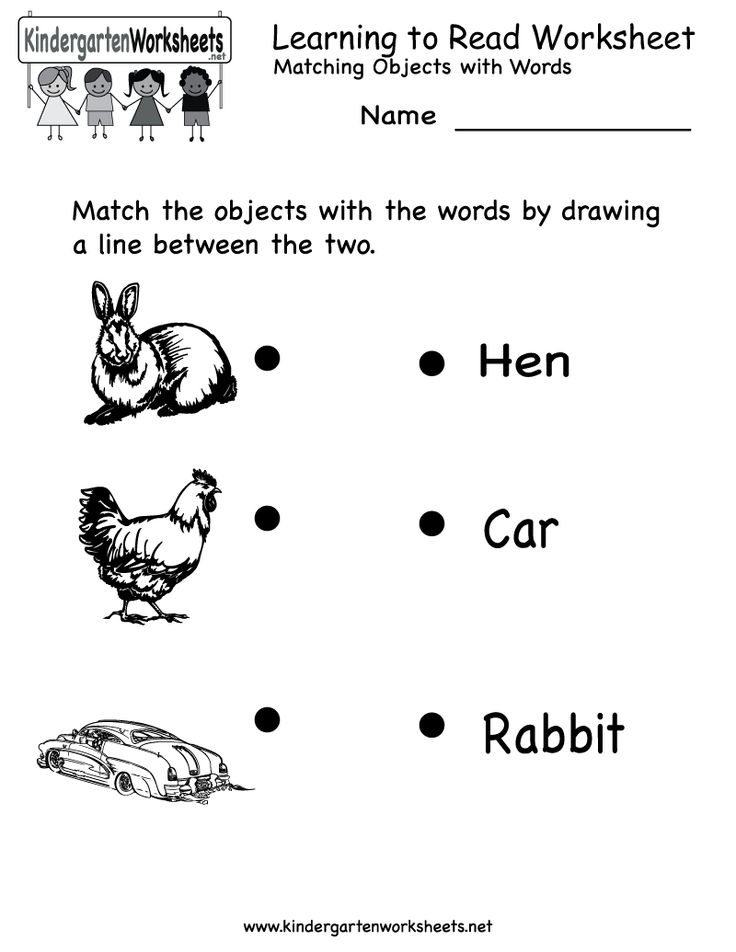
- Games that help kids learn
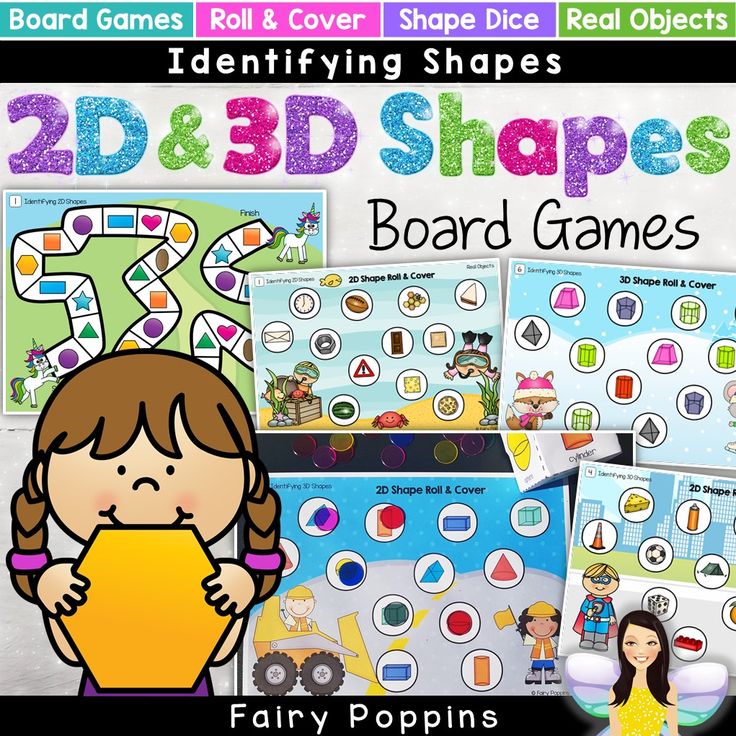
- First grade games reading
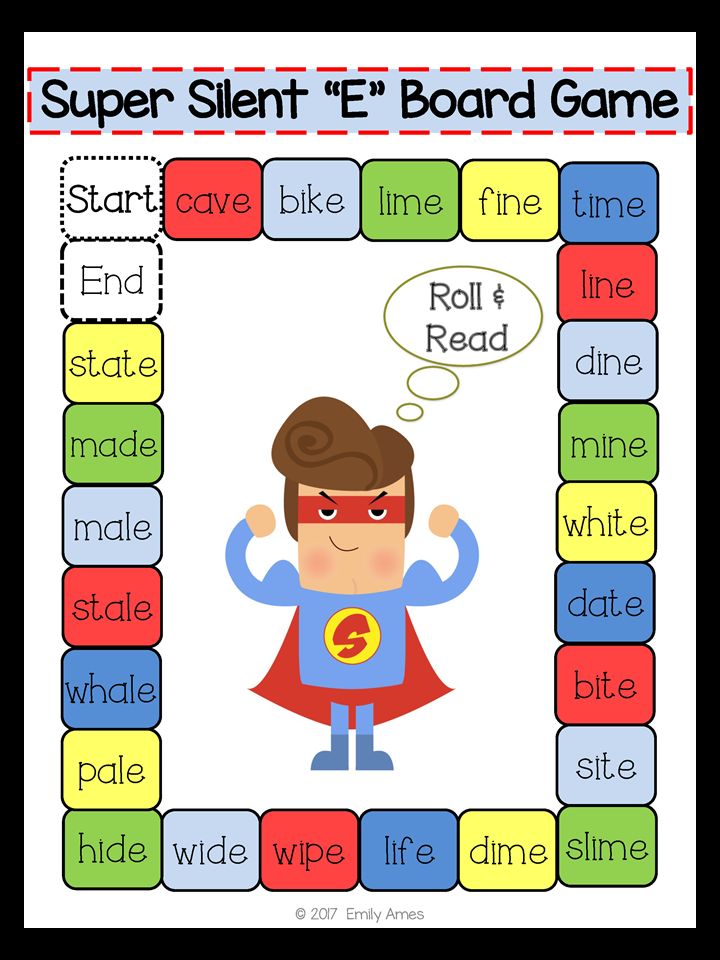
- Social development activities for 4 year olds
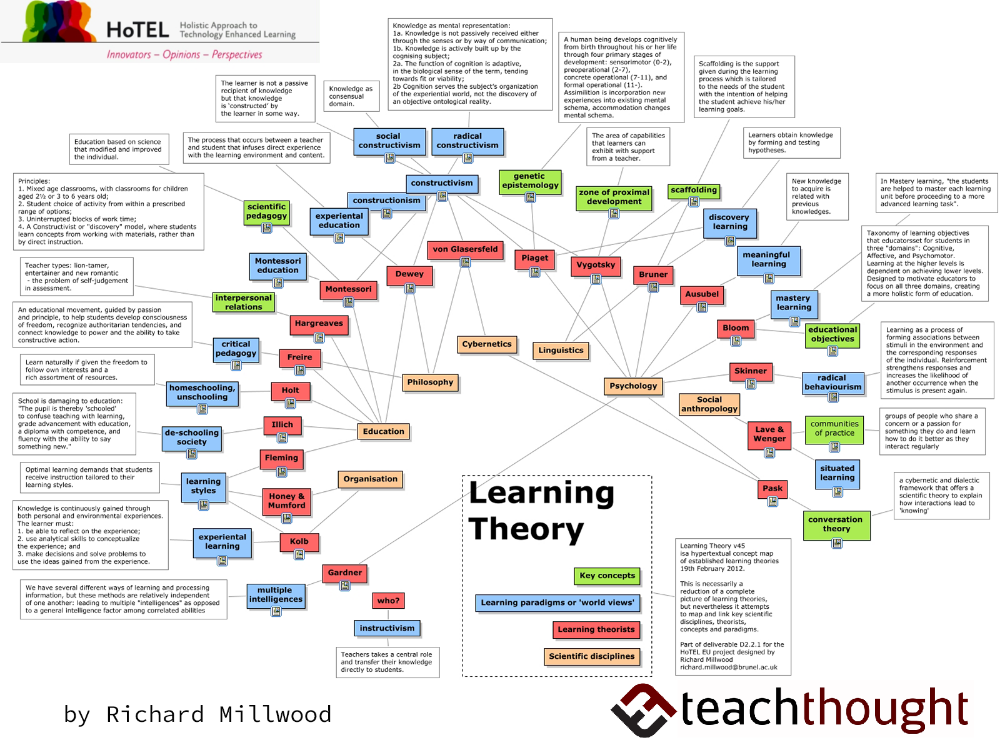
- Guided reading assessment

- Ways to practice vocabulary

- Social emotional learning definition
